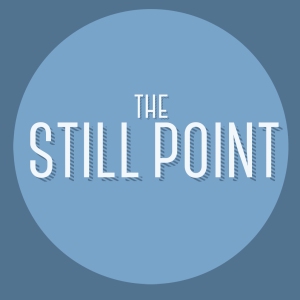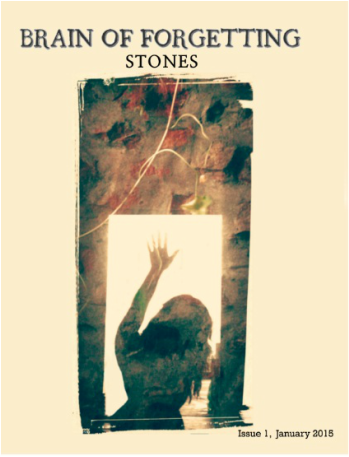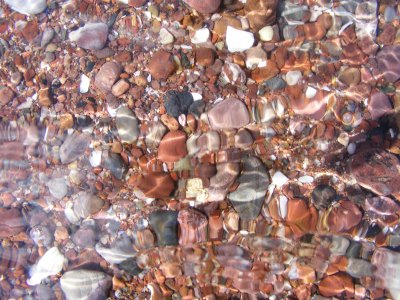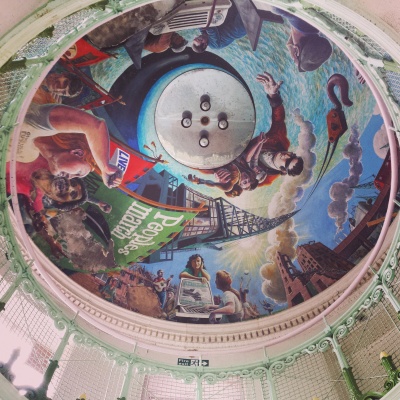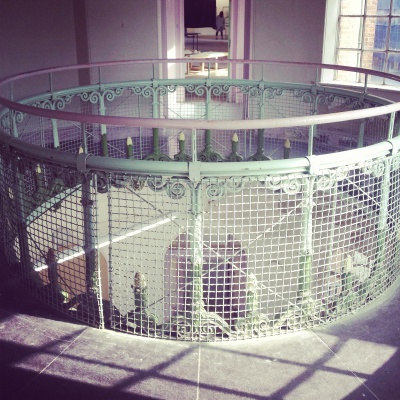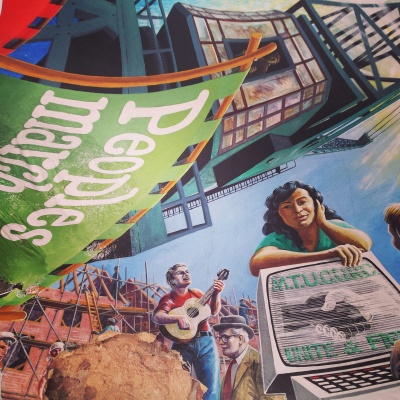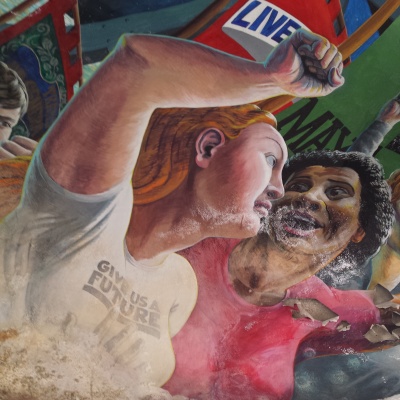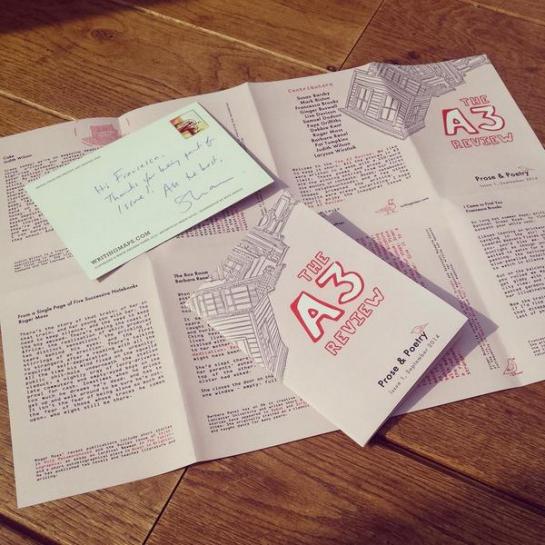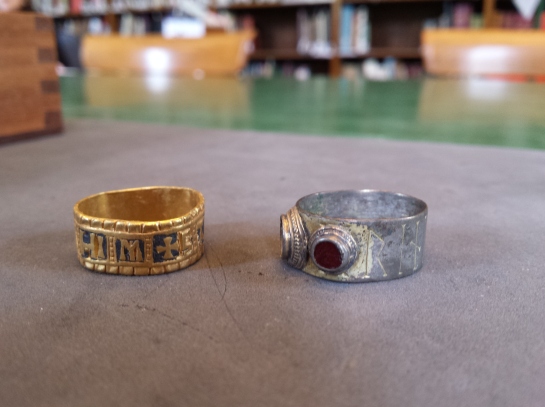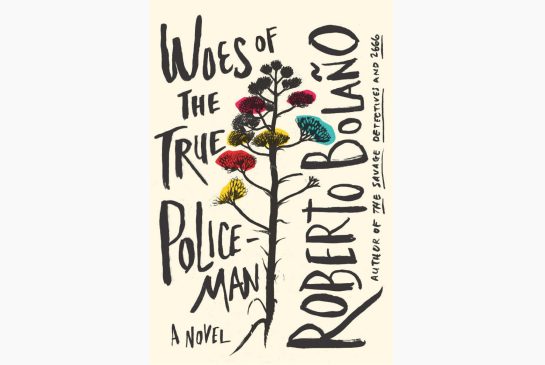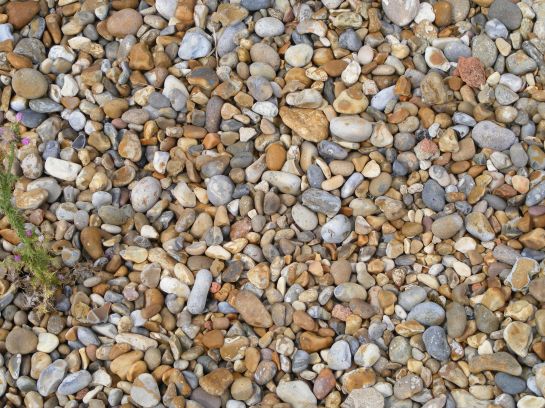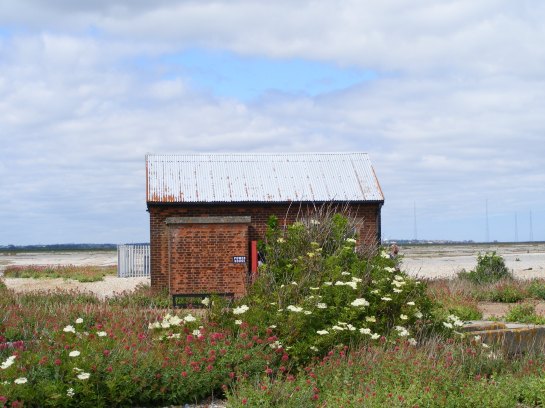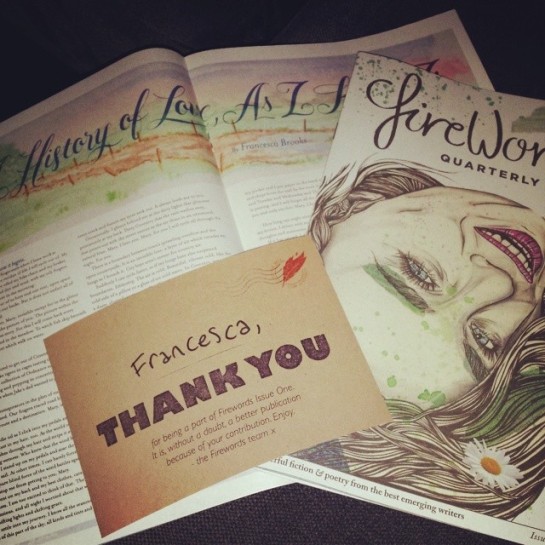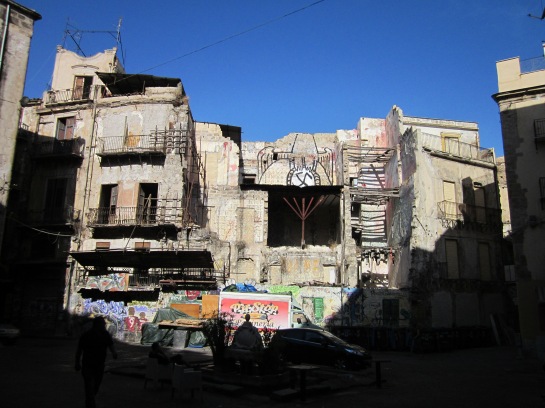So it’s dissertation season (a little like silly season but with more quiet reflection time) and I’m currently researching, reading, thinking and putting off the inevitable moment at which I begin setting words to paper. I’m at that frightening, but also quite satisfying stage, at which everything in my life slowly weaves its way back to being ‘about my dissertation;’ where all connections lead in a single, focused direction and I find myself impossibly entangled in my research. So I’ve decided to record a few of these tangled threads informally here.
I’m currently being sucked into the sound-vacuum of a broad range of texts, studies and collections on sound theory. I’m reading without a clear sense of where all this theory is leading me, but its beginning to attune me to a number of things I was once deaf to. Sound is emerging as an increasingly significant element in my own sensory landscape. So here are a series of anecdotes which I hope illuminate some of the ideas I’m currently processing about sound. I should point out that lots of these ideas seem fairly obvious and yet are, ironically, muted and unarticulated in a lot of discourse.
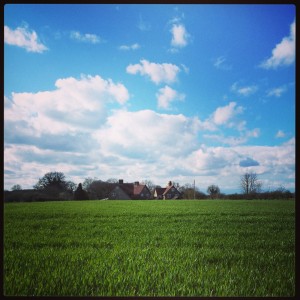
I live in a small, quiet village of around two thousand people and the natural soundscape is one punctuated by the soft swell and drift of cars, birdsong, neighbours’ children bouncing basketballs or jumping on trampolines, and the innocuous and temporary sounds of summer lawn-mowing and strimming. A sonic collection of subtle and reasonably non-intrusive village sounds.
Recently this soundscape has been completely transformed by the development of a skip-yard over the road into a noisy, dirty, disruptive waste processing site and wood-chipping yard. Lounging around in the garden is now the aural equivalent of being on an industrial site. Surrounded by the punctures of bleep-bleep reversing vehicles, the roar and stutter of forty tonne lorries, and the steady and perpetual drone of heavy machinery; it is only now that I understand how important that village soundscape was in shaping, soothing and soundtracking our daily lives.
But the most interesting thing about living amidst all this new noise is the confirmation that we don’t just ‘hear’ with our ears. As philosopher Don Ihde reminds us: ‘while ears are the focal point of hearing one listens with his whole body.’ ‘One apparent paradox of hearing is that it strikes us as at once intensely corporeal – sound literally moves, shakes, and touches us – and mysteriously immaterial,’ writes Steven Connor in an essay entitled ‘Edison’s Teeth: Touching, Hearing.’ The corporeality of sound and its embodiment in beings and things is also something which has been preoccupying me a great deal.
The most unbearable of all the combined industrial noises is the sound of the wood-chipper: a noise which can neither be drowned out by the overlay of sweeter, louder melodies nor escaped by retreating to the sealed-up confines of the house. Even when we choose not to listen with our ears – desperately seeking to blot it out – this sound works its way through our bodies as though all our skin, limbs and bones were sensory organs and sound receptacles. It’s a kind of reverberation which travels through the ground and through the walls: one which it is impossible to stop ‘hearing’. It rattles my mum’s nerves and gives her the shakes and so we are launching a battle against the noise (and have so far successfully recruited a so-called ‘noise-man’ from the council to our case) and sound becomes the hottest topic in our household.
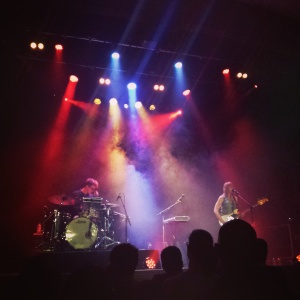
The other night I was standing amongst the crowds at a gig in the Islington Assembly Hall forgetting the nightmarish noise back home, and tuning in to the pleasurable sounds of Wye Oak. Suddenly I was slowly and sensuously enjoying the experience of hearing with my whole body; remembering that totally immersive soundscapes can also be pleasurable. I stood feeling the vibrations in my belly, feeling them rippling across my skin, and I gave myself over to my auditory senses.
The music filled the Islington Assembly Hall, bouncing off the backs of the walls and circling about the cavernous dome but it was also pulsing through me: so that in some way my body became a new kind of speaker, an audiophone. The experience spoke to Georgina Born’s studies of the mutual relationship between sounds, music and space in which she writes, ‘the auditory self is also an embodied self that responds and re-sounds: in the words of Jean-Luc Nancy, sound is ‘tendentially methexic (that is, having to do with participation, sharing, or contagion)’; it ‘spreads in space, where it resounds while still resounding “in me.”’
Then gradually I started to realise that my hearing body was reacting in different ways to the sounds pulsing through it. Despite being a terrible dancer the music touched me in such a way that I couldn’t help moving with it: my feet, my legs, my hips, even my shoulders and my neck and my head. It felt wonderful to let my body go with the rhythms, to let it do what it wanted as though my mind was now a separate entity that had little control over its movements. There was no ‘language’ involved in the way I was moving and yet it felt like I was communicating.
The most interesting effect of the music (aside from the emotional wellings and bursts of joy and sadness) was the desire to begin making my own auditory effusions. When I’m listening to music alone I like to join in, even though I am not a gifted singer: touching my own voice with the voice of the artist in a peculiarly and satisfyingly tactile way.
I didn’t want to sing along at the gig because I wanted to focus all my energies on ‘listening’ but when the songs finished I whooped as loudly as I could and then leaned in to whisper to my friend: these over-excited effusions of praise and awe which I couldn’t help but let escape. Interestingly enough as I write this in the British Library there are academics all around me who can’t help but let out sighs, exclamations and laughs – auditory releases in the silence of concentrated study. Perhaps sound has a greater emotional and communicative power than I have ever given it credit for. Sound divorced from language, still speaks to us in significant ways.
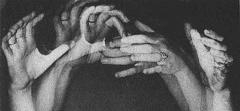
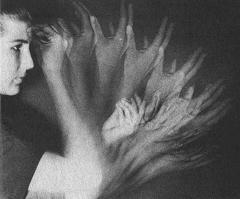
Which all leads me to my final anecdote (yes, finally!). Corporeal gestures are after all, a language, just not one which we all speak: sign language. Yesterday I was sitting on the train at a table-seat next to two deaf men who were chattering away in sign language. It was a fascinating experience for me as my reading on sound and language keeps leading me back to sign in a confirmation of Oliver Sacks’ statement that ‘one may need to encounter another language, or rather another mode of language, in order to be astonished, to be pushed into wonder again.’
As I sat beside these men I felt profoundly this wonder at language. I was aware of an animated conversation taking place beside me but I was frustrated by my inability to listen in. Listening in, in this instance would have involved me turning to look (a gesture which I could not get away with doing covertly): as Sacks writes in his incredible book ‘Seeing Voices’: sign is a ‘visual language.’
And yet I was struck by the extent to which even this seemingly visual, silent language, ‘the emphatic silent vocabulary of the body’ as David Wright describes it, was accompanied by so many effusive sounds which escaped even without these men being consciously aware. I listened to the dry clickings of the tongue touching the roof of the mouth – in a kind of phantasm of audible speech – and heard the hands making their own communicable sounds as skin brushed against skin and fingers clapped and clicked together. Both voices and gestures are felt in the body with a similar resonance, echo or reverberation: our bodies feel both silent visual languages and audible speech as we enact them, or cognitively process these sensory experiences.
I also thought of Don Ihde’s theories about the ‘auditory imagination,’ which suggest that silence is never silence because much of our thinking is ‘linguistic;’ a kind of ‘inner speech’ in which language is sounded out in our heads. Do people who were born deaf have a sense of their own ‘self-resonance,’ of the unique sound of their individual voices? Do they hear their own rhythms and melodies as a kind of inner-music? Do their ‘auditory imaginations’ give the world a new set of imagined voices and imagined sounds, or is auditory imagination impossible for the congenitally deaf?
As we pulled into Tottenham Hale an announcement was made over the PA that the train would now be terminating at this station due to its late running. I began to pack away my things and one of the men gestured to me to ask if I was getting off. I nodded and he politely moved over to another seat so I could get out. And then I realised that I couldn’t just leave them there ignorant of the announcement which the rest of the train had happily heard. I had seen the one man order a red-bull from the drinks trolley earlier by typing his request down on his phone, so I got my own phone out and typed ‘This train is now terminating at Tottenham Hale’ and passed it over for the other man to read. There were smiles and thank yous exchanged.
This experience gave me an incredible amount of pleasure, I couldn’t help smiling to myself. Ultimately I think it was so satisfying because despite the seeming barriers in our communication (despite the time I spent feeling left out and adrift, locked out by their language), we had found a way to speak to each other and realised that we did share language after all; all language is a drawing and sculpting of words in space even if we do it with different sensory perceptions.

